
User is charging phone with wireless charger
In recent years, wireless charging has appeared more and more on phones, headphones, and smart watches. Technology companies are competing to introduce charging docks, charging tables, and even desks that can transmit electricity.
But despite being around for nearly a decade, wireless charging remains a secondary option. People continue to carry charging cables with them when they go to work, school, or travel . Why?
Wireless charging still cannot "surpass" traditional charging cables
Compared to traditional cables, wireless charging is still noticeably slower. A current fast wired charger can reach a capacity of 30W to more than 60W, fully charging a phone battery in just about 30 minutes. Meanwhile, most common wireless charging pads still operate at 5W-15W, just enough to maintain the battery while sleeping or working at the desk.
The main reason lies in the energy transmission mechanism. Wireless charging works on the principle of magnetic induction , the current in the coil creates an oscillating magnetic field, which in turn induces the current in the receiving device. However, the transmission efficiency is usually only 60-75%, significantly lower than direct transmission via copper wire.
As a result, the amount of energy lost turns into heat. Users can easily notice that the device heats up significantly when charging wirelessly for a long time, which not only slows down charging but also affects battery life.
Additionally, wireless charging consumes more power. Some engineering tests have shown that the total power consumption to fully charge a device wirelessly can be 30-50% higher than charging with a wire. In a technology environment that is geared toward energy efficiency and emissions reduction, this is clearly a significant obstacle.
Much promise, but a long way to go
Despite the promise of convenience, wireless charging has yet to completely replace traditional charging cables. In addition to slow charging speeds, the technology is also hampered by standards.
The Qi standard is being adopted by many companies, but the synchronization is not absolute. A charging pad may not be compatible or charge slowly with other devices, reducing flexibility - a factor that users are very interested in.
In addition, the ability to charge multiple devices at the same time is still limited. Most charging pads only support one device at a fixed position, and if placed incorrectly, the charging process can be interrupted. These inconveniences make the wireless experience not as "wireless" as expected.
At the research level, many companies are developing remote charging technology using radio waves, lasers or ultrasound. Some prototypes can transmit electricity over distances of several meters, but the efficiency is still extremely low, the cost is high, and especially there is a risk of health effects if not carefully controlled.
If wireless technology is to truly replace the charging cord, it needs to overcome three major hurdles: speed, flexibility, and compatibility. Right now, that goal may still be a long way off.
Wireless charging has been around for over a hundred years.
In 1899, scientist Nikola Tesla attempted to transmit electricity through the air using radio waves at the Wardenclyffe Tower. Although it failed at the time, the experiment is considered the foundation for modern wireless charging technology.Today, the principles of magnetic resonance and high-frequency waves are making that dream a reality, although it is still far from the convenience Tesla envisioned.
Source: https://tuoitre.vn/khi-nao-cong-nghe-sac-khong-day-thay-duoc-day-sac-truyen-thong-20250704103935769.htm


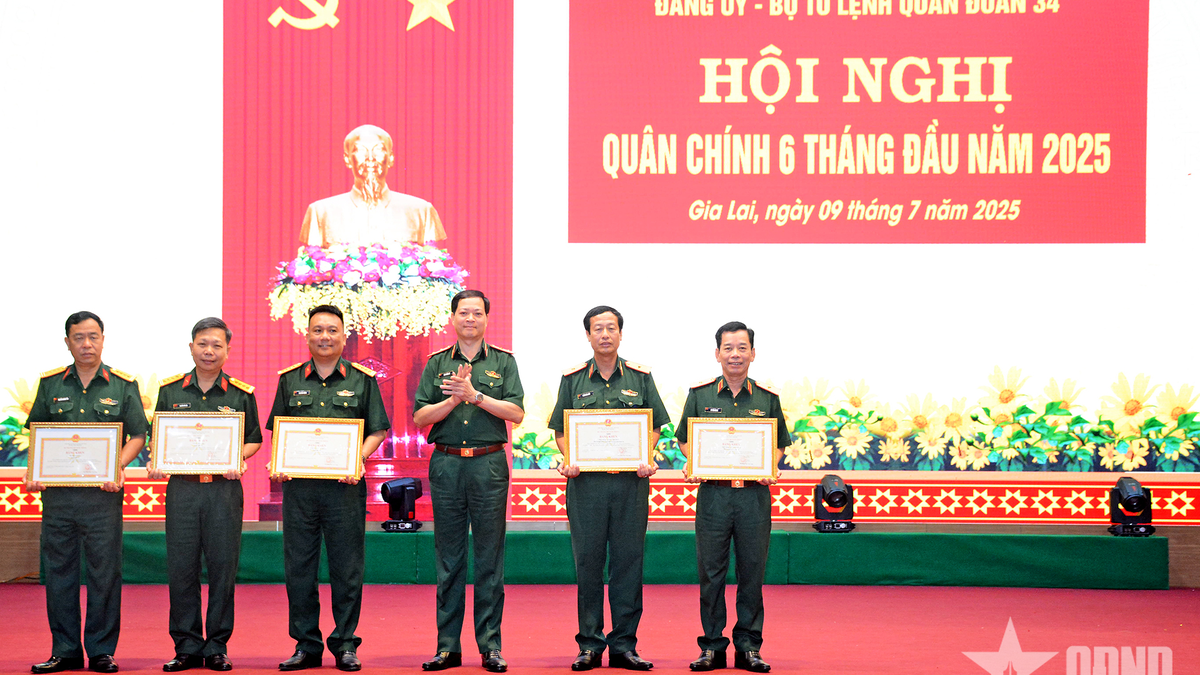
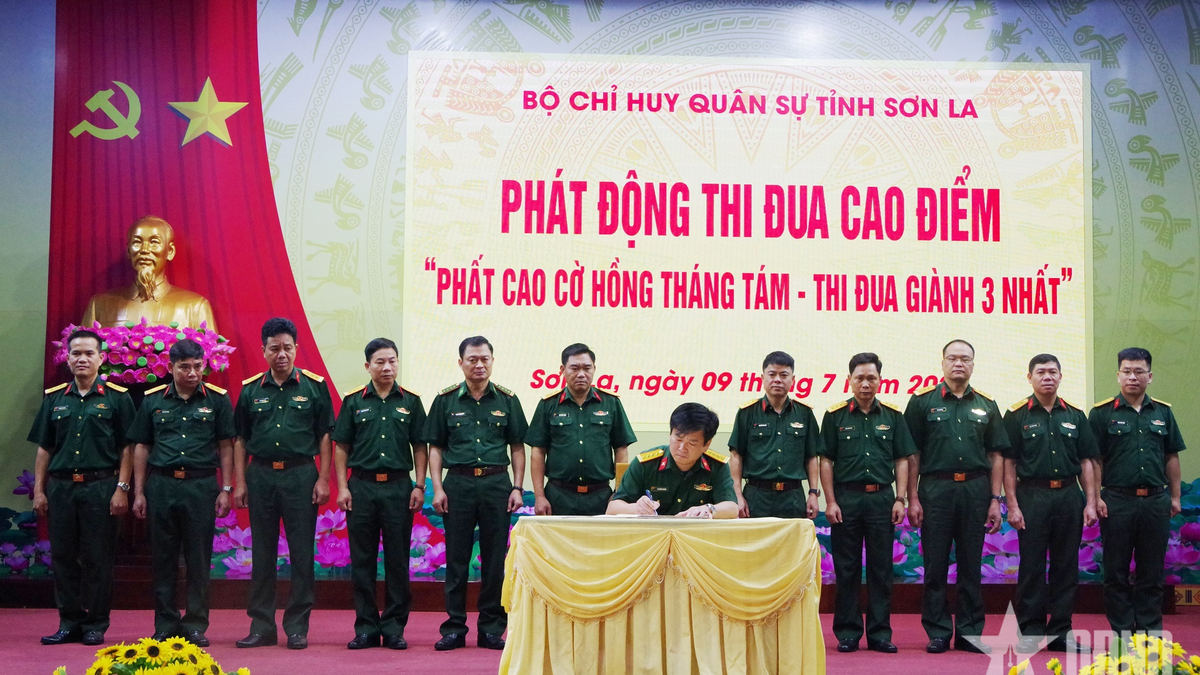

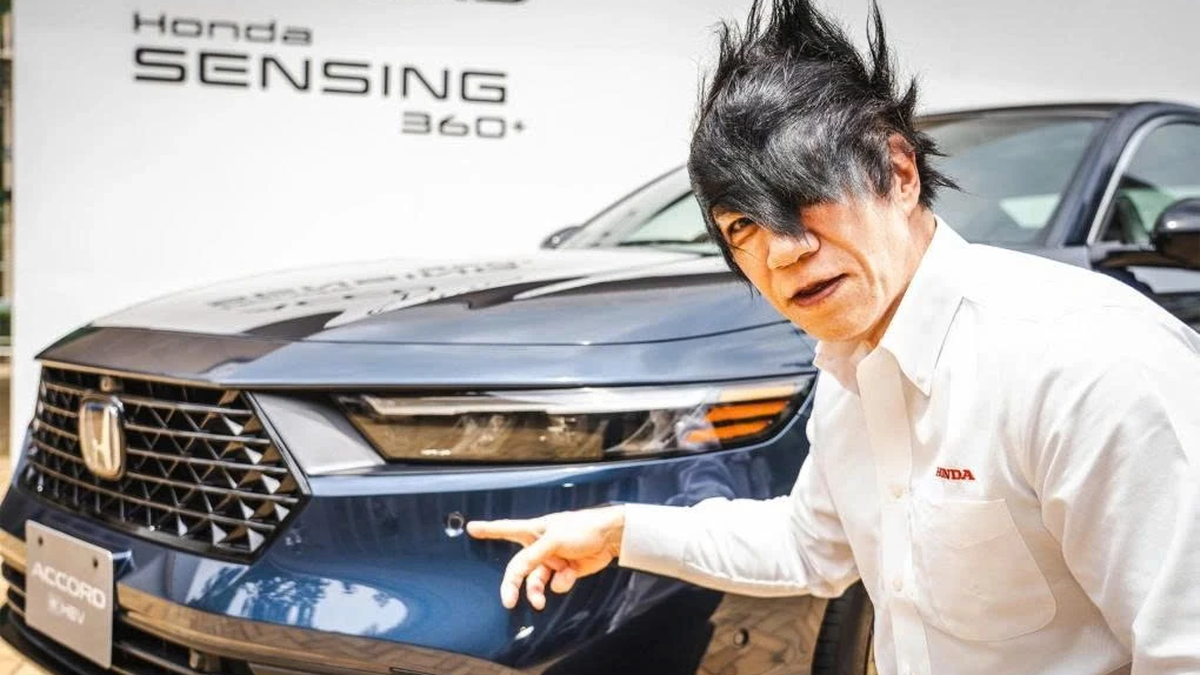

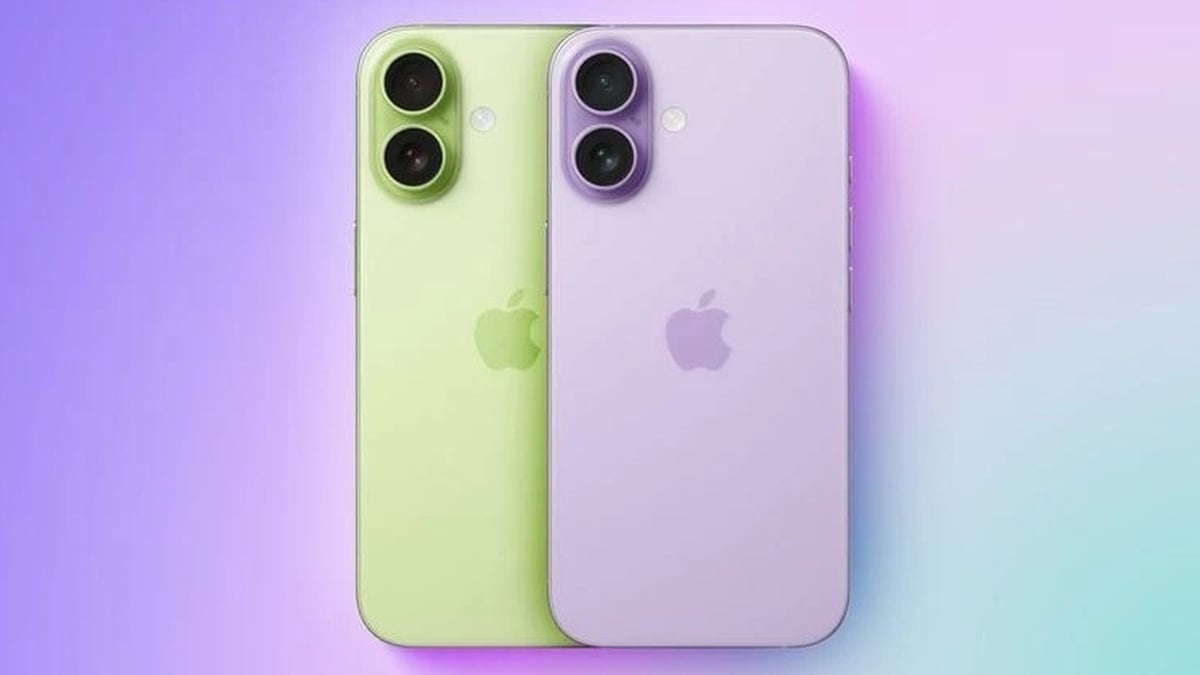


























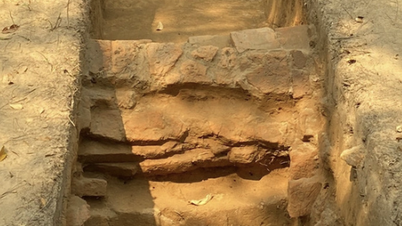






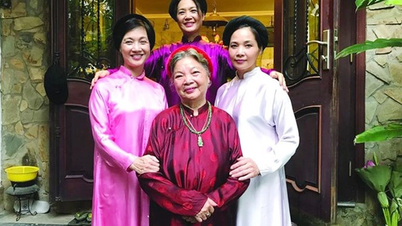











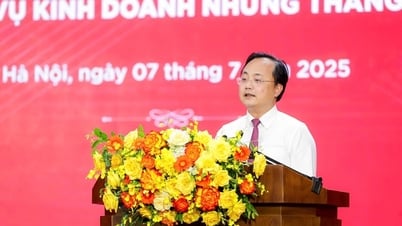

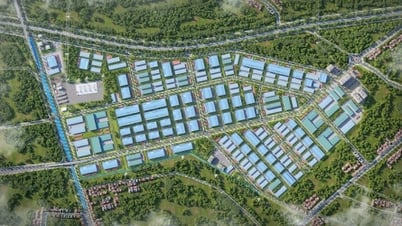




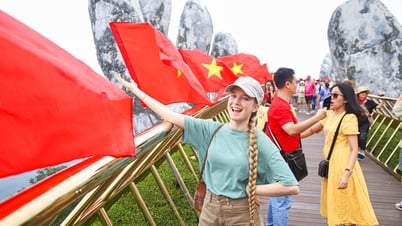



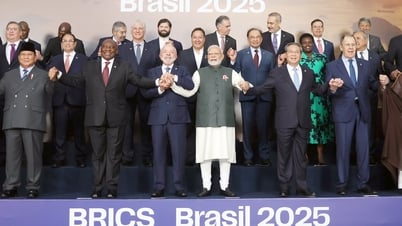








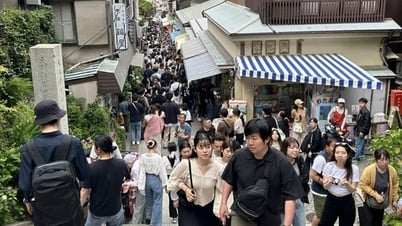








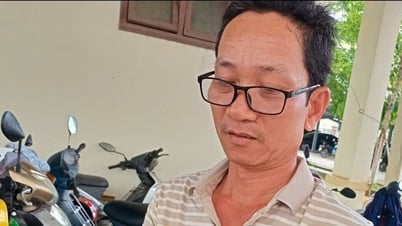













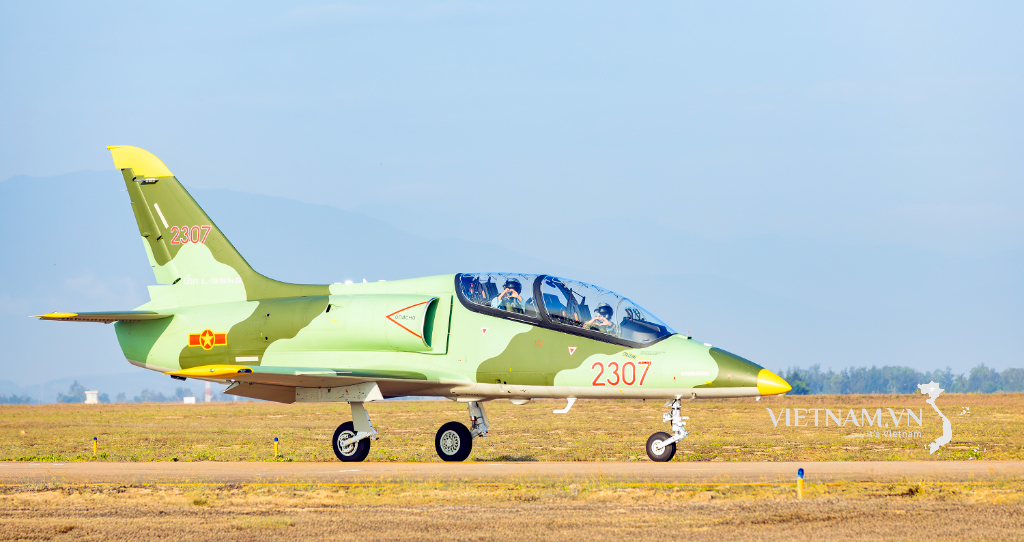
Comment (0)